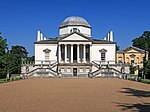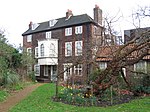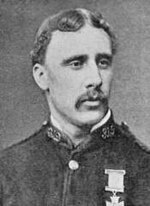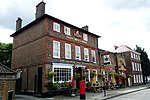Chiswick Asylum
1837 establishments in EnglandBuildings and structures in ChiswickChiswickDefunct hospitals in LondonFormer psychiatric hospitals in England

Chiswick Asylum was an English asylum established by Edward Francis Tuke and his wife Mary as Manor House Asylum in Chiswick, in about 1837. It was continued by his son, Thomas Harrington Tuke (1826-1888), before moving to Chiswick House in 1892 and becoming the Chiswick House Asylum, where it was run by two of Thomas Tuke's sons.
Excerpt from the Wikipedia article Chiswick Asylum (License: CC BY-SA 3.0, Authors, Images).Chiswick Asylum
Grand Allee, London Grove Park (London Borough of Hounslow)
Geographical coordinates (GPS) Address Nearby Places Show on map
Geographical coordinates (GPS)
| Latitude | Longitude |
|---|---|
| N 51.483611111111 ° | E -0.25861111111111 ° |
Address
Chiswick House
Grand Allee
W4 3EY London, Grove Park (London Borough of Hounslow)
England, United Kingdom
Open on Google Maps










